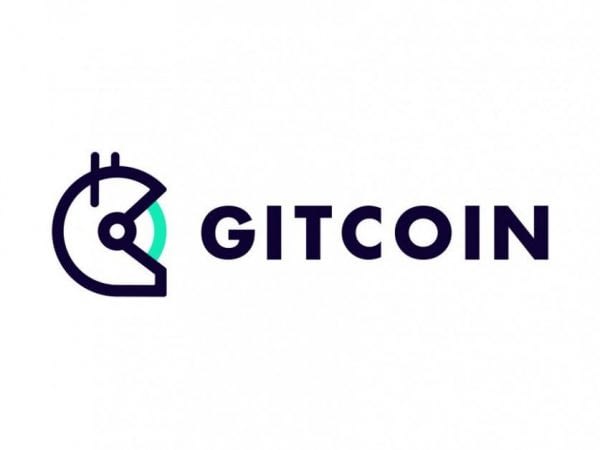
Gitcoin is a DAO that incentivizes coders and developers to work on building essential digital public infrastructure. Gitcoin recognized that public goods often suffer from a lack of funding and developer work. These are goods that are non-rivalrous and non-excludable like fresh air or, in the digital space, open-source programs.
With the aim of supporting open-source projects, Gitcoin provides several ways to fund the work of talented developers on open-source software and promote collaboration between developers that do so. Some of the ways Gitcoin supports its mission are developer grants, bounties, hackathons, the Kernel Fellowship, and Kudos. Gitcoin also provides various educational resources, technologies, tools, and a community that focuses on building digital public infrastructure.
Besides financial incentives for developers to participate in hackathons and bounties, Gitcoin also uses a proprietary funding mechanism to incentivize developers to take on work on open-source projects. It’s called quadratic funding and, in short, it prioritizes projects with a broad appeal from many funding parties over those with similar liquidity but fewer backers.
Gitcoin was launched in November 2017 by Kevin Owocki, but has been community-driven ever since. So far, Gitcoin has provided almost $40 million of funding for open-source software and helped over 43,000 funders reach an audience of over 230,000 earners. Over 310,000 developers are active per month on Gitcoin.
How Does Gitcoin Work?
Gitcoin fosters building out open-source software in a number of ways. Its Kernel Fellowship is an eight-week invite-only program that enables Web3 developers and projects to connect and form relationships and build products. The Kernel Core Syllabus promotes collaborative learning and offers developers a free and open-source platform to build their knowledge base to get started in Web3.
Another key mechanism is the Gitcoin Bounty Program, where users can submit permissionless or permission bounties for developers to work on.
Each bounty has specific details, a timeline for completion, and other relevant information needed. Participating developers can pick bounties and contribute to them, with projects that have larger bounties usually providing better hourly rates than those with smaller bounties.
For instance, projects with bounties between $1,500 and $5,000 will fetch hourly rates of $50 to $195, while those between $5,000 and $50,000 can go up to $500 per hour. For users, bounties are an excellent way of crowdsourcing support for technological issues.
Other networks and tools provided by Gitcoin include sponsored hackathons, where participants earn rewards for their solutions across different protocols, and Kudos, unique NFT artworks that users can purchase and gift as a way to show their appreciation for completed work. GitHub is a well-known public repository that allows developers to showcase a track record of their work.
Gitcoin in the Media
Gitcoin’s most well-known supporter is Ethereum founder Vitalik Buterin, who has supported the project several times with donations and through public statements.
Besides encouraging support for Gitcoin grants on his Twitter account, Buterin also lauded the quadratic funding mechanism on his blog, stating that it “could be as deeply transformative as the industrial-era advent of mostly-free markets and constitutional democracy.” He has also donated to the project by sending about $5 million worth of AKITA, a dog-themed meme coin. The money was sent to the community’s multi-signature wallet, which is used to offer matching funds for the Gitcoin Crypto Grants.
In the past, Buterin also underscored the value of projects like Gitcoin that contribute to evolving the DAO landscape and improving digital public goods.
Reference: https://coinmarketcap.com/alexandria/article/what-is-gitcoin-gtc

Comments